Distributed software-defined storage with industry-leading performance.

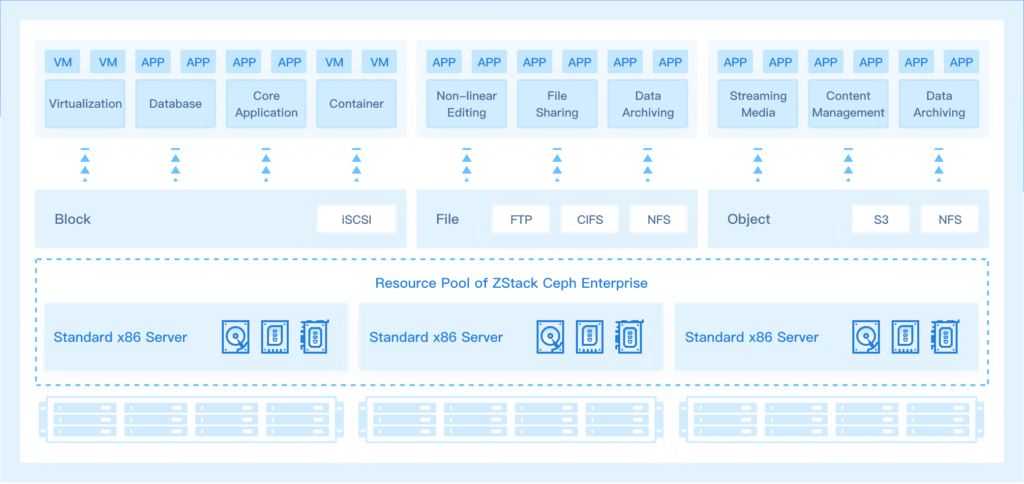
ZStack Ceph Enterprise is an advanced distributed software-defined storage solution renowned for its unmatched performance, reliability, and ease of management. It empowers large enterprises and operators to create extensive storage pools, scaling up to tens of PB in size.

Utilizing an industry-leading strong consistency hashing algorithm, our system engages in meticulous code optimization at critical stages. As a result, performance scales linearly with node increase, effectively meeting performance requirements in dynamic scenarios like cold and hot data switching
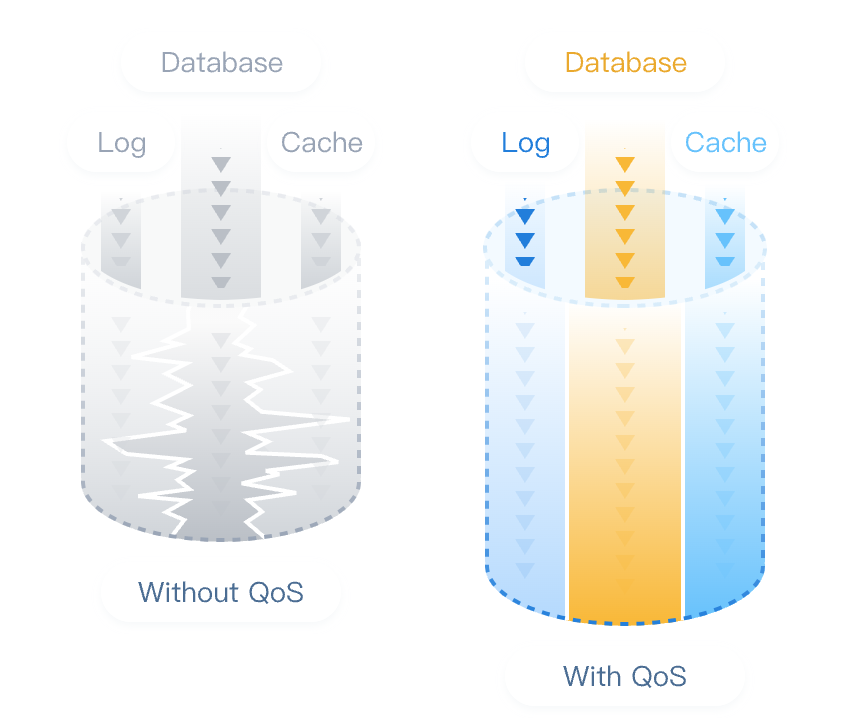
Dynamically adjusts storage volume Quality of Service (QoS) in real-time, allocating performance resources on-the-fly to handle varying workload demands, including peak usage scenarios.
Offers a variety of data protection levels for storage clusters, ensuring utmost reliability and uninterrupted operation of the storage system.
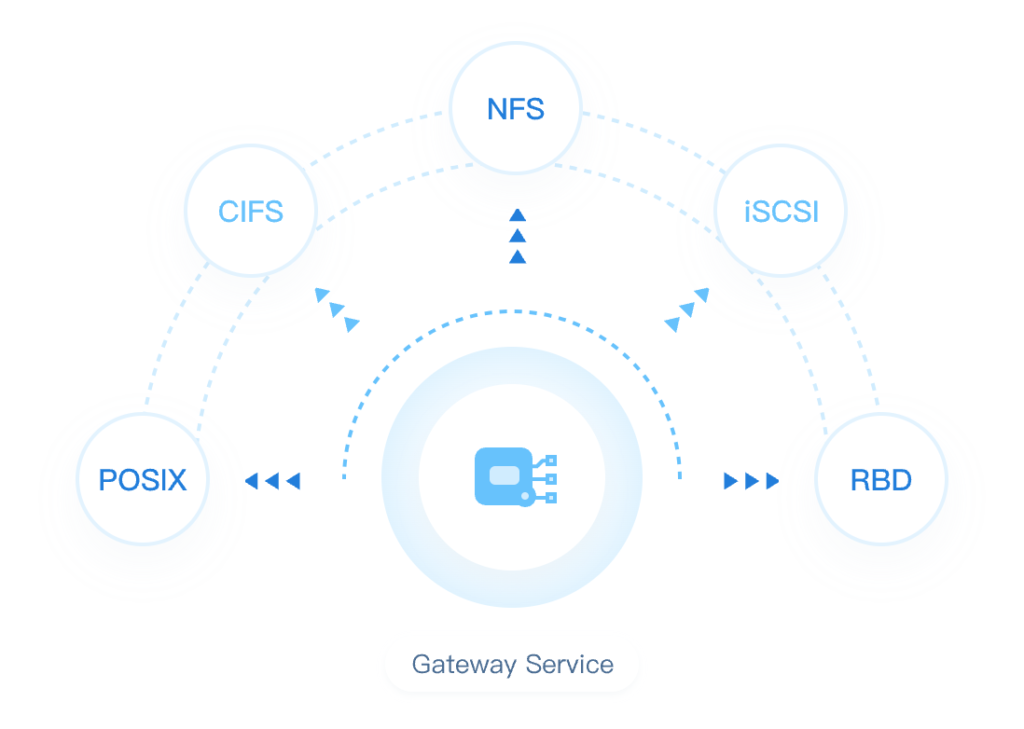
Enables multi-interface access and multipath I/O (MPIO) support. With multiple gateway services for load balancing (LB), the system achieves exceptional high availability.
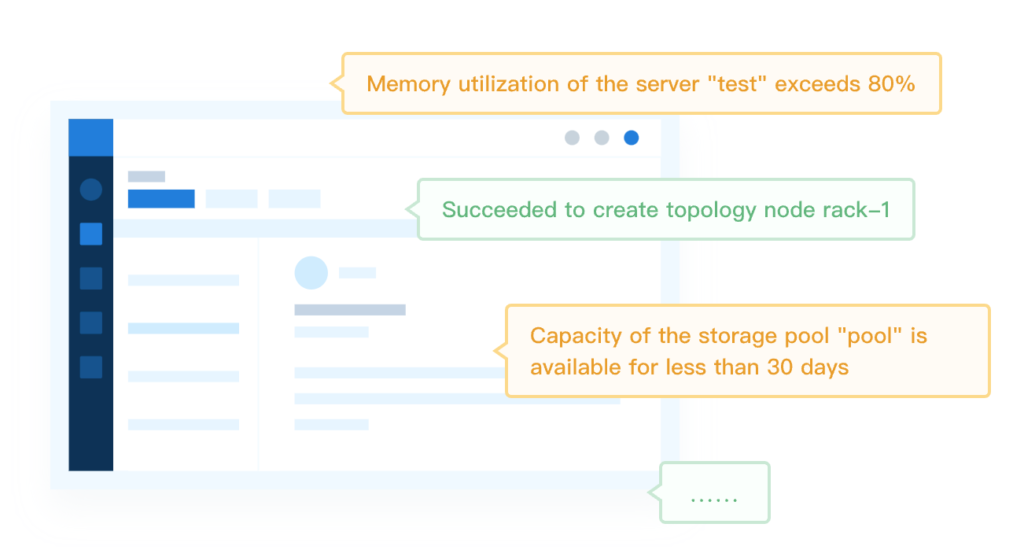
Provides a comprehensive range of user-friendly visualized management features, enabling easy installation and expansion through a web-based interface. It also offers RESTful APIs, command lines, disk SMART information, capacity warning, historical monitoring, log, and alarm functionalities for enhanced management capabilities.
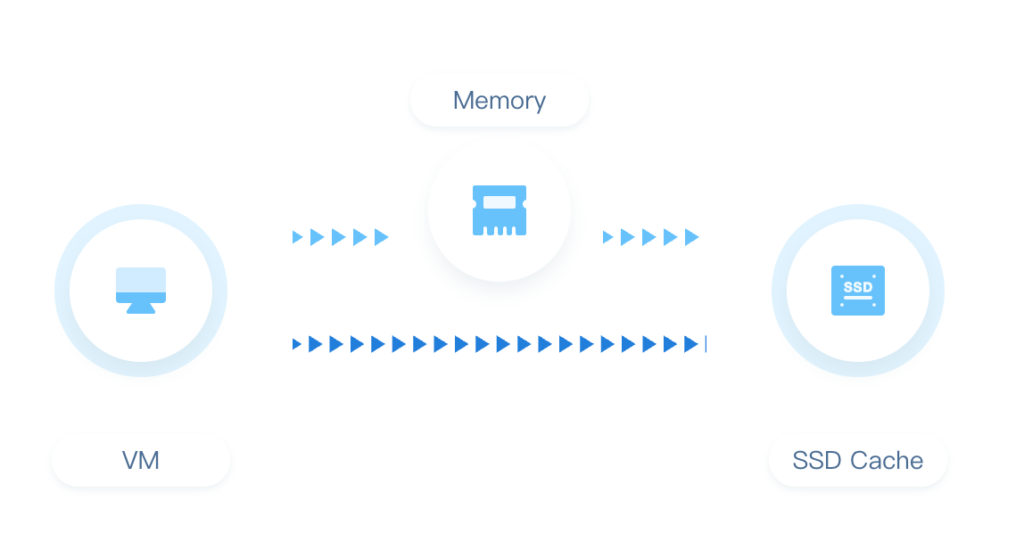
Enhances system read performance with a high-performance acceleration engine and multi-level caches. Boosts read/write performance in OLTP scenarios with intelligent I/O coalescing and popular data analysis algorithms.
Establishes a robust data protection mechanism featuring instant snapshot ROW, linked clone, EC, multiple copies, and failure domain. Additionally, it optimizes hardware resource utilization through thin provisioning, space recycling, and hierarchical storage, ensuring efficient and secure data management.




